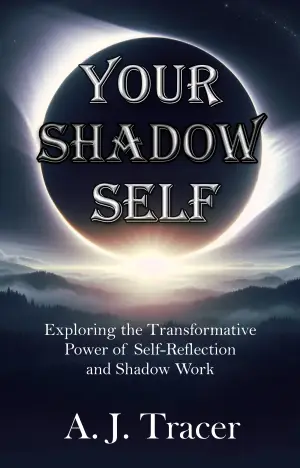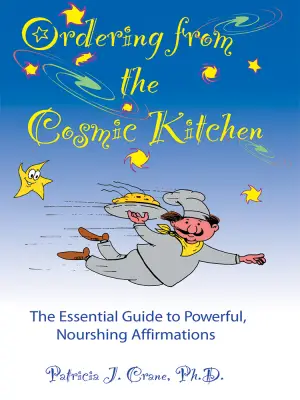Review of "Never Let Me Go" by Kazuo Ishiguro
When I first picked up Never Let Me Go, I was drawn in by the enigmatic prose of Kazuo Ishiguro, whose previous works had left me both enchanted and introspective. His ability to weave haunting narratives felt like an invitation to explore the complexities of humanity, and I couldn’t resist the allure of a story set in an alternate reality that scrutinizes our understanding of life, love, and emotional connection. Little did I know that this novel would not only challenge my perceptions but also linger in my thoughts long after I turned the last page.
Set within the confines of Hailsham, a seemingly idyllic boarding school, the story unfolds through the eyes of Kathy H. as she recalls her childhood and the relationships that forged her identity. She, along with her friends Ruth and Tommy, navigates a world that feels strangely disconnected from reality, revealing the grim purpose behind their existence. Ishiguro’s exploration of what it means to be human and the societal implications of cloning is deftly intertwined with the intimate bonds of love and friendship that define the characters’ lives.
One of the primary themes that resonated with me was the notion of love as both a sanctuary and a source of pain. Kathy’s relationship with Tommy, complicated by her friendship with Ruth, highlights the often messy and conflicted nature of love. The tension between affection and sacrifice is palpable, and I found myself reflecting on the choices that define our relationships. Kathy’s self-reflection, often clouded with uncertainty, echoes a universal struggle—how do we navigate love without causing harm to others? It’s a poignant reminder that relationships are rarely simple; they unfold within contexts filled with inherent complexities and emotional stakes.
Ishiguro’s narrative style is remarkable, characterized by a sparse yet evocative voice that captures the characters’ internal lives. Kathy’s recollection feels fragmented yet deeply emotional, reflecting the lapses and imperfections of memory itself. I appreciated how this choice invited a sense of intimacy, as if I were conversing with a dear friend who had entrusted me with their most profound thoughts. The pacing meanders through nostalgia, which, while initially comforting, gradually unravels into a more unsettling reality, leaving readers suspended between solace and despair.
Several quotes stood out for their haunting beauty. One that lingered with me was Ruth’s simple declaration of wanting to be “a real person.” It encapsulates the existential crisis at the heart of the novel: are we defined by our memories, our relationships, or something deeper? This question gnawed at me long after I finished reading, challenging me to consider my own identity and what it means to truly live.
As I reflect on my experience with Never Let Me Go, I realize that it’s a book that will resonate with readers who appreciate a blend of dystopian elements with deeply human storytelling. Those who enjoy thoughtful explorations of love, loss, and the essence of humanity will find this novel profoundly impactful. It’s an unsettling but necessary reminder of the fragility of life and the importance of connection, urging readers to question how far we would go to seek our own definition of humanity.
In conclusion, Never Let Me Go is not just a novel; it’s an experience that challenges the boundaries of love and existence. Ishiguro’s poignant narrative remains a tapestry of beauty and sorrow, making it one of those rare reads that I highly recommend—an exploration worth undertaking for any introspective reader.











